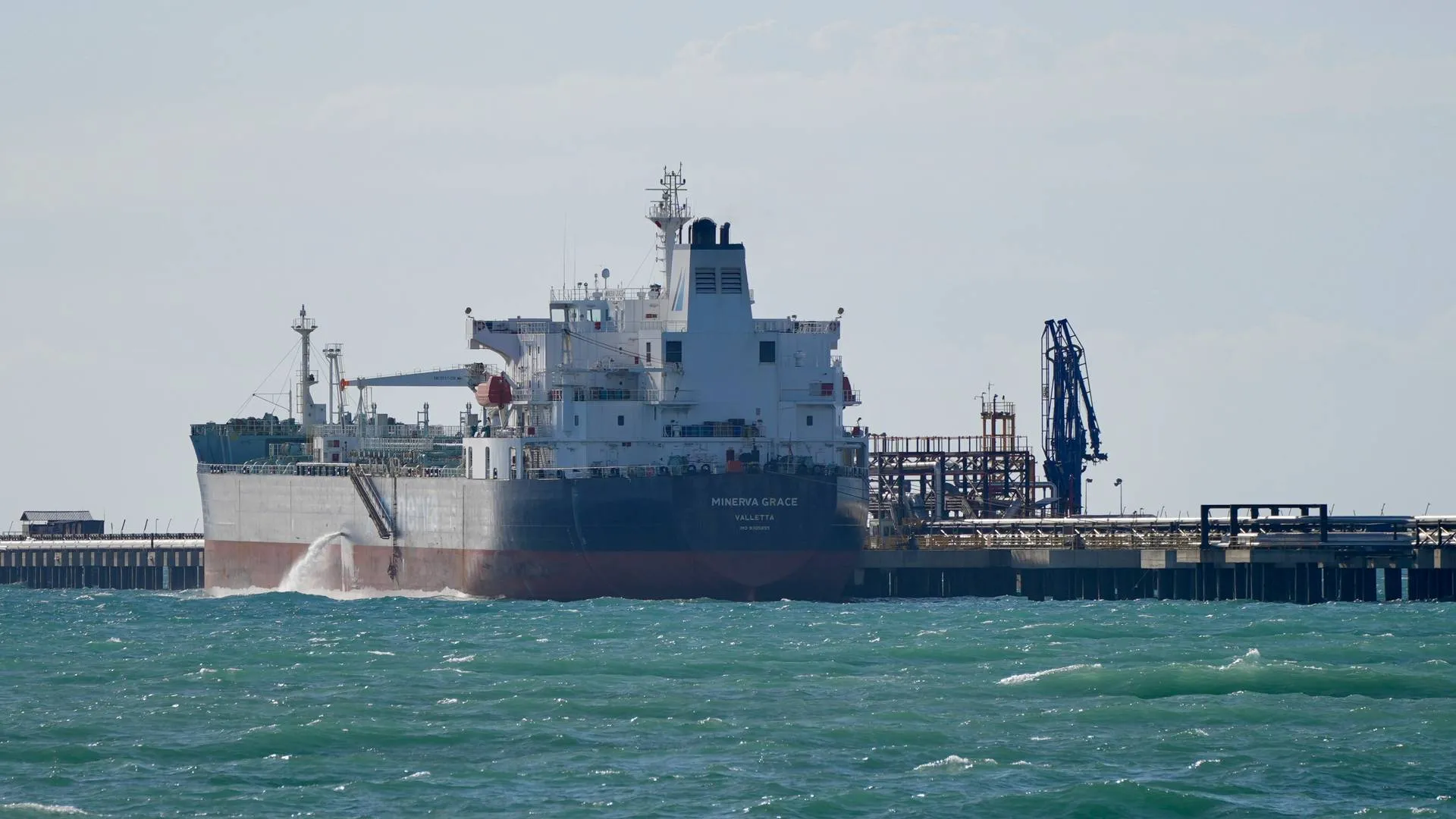On July 18, Samsung Heavy Industries announced that the company, in collaboration with South Korea’s largest shipping company HMM, eco-friendly equipment manufacturer PANASIA, and the Korean Register of Shipping (KR), successfully collected high-purity carbon dioxide and achieved its resource utilization in the onboard carbon capture and storage system (OCCS) maritime demonstration project. This marks another step forward for Samsung Heavy Industries toward the commercialization of ship decarbonization technology, demonstrating new progress in its strategy to accelerate the construction of an eco-friendly shipbuilding yard.
It is reported that this OCCS maritime demonstration project spanned a year. On July 1 last year, HMM’s 2,200 TEU container ship “HMM Mongla” set sail for the first time equipped with a domestically developed amine absorption-based large-capacity OCCS to conduct maritime performance tests. This OCCS can collect and liquefy 24 tons of carbon dioxide daily for storage. During the year-long onboard testing, HMM, responsible for the OCCS installation and application, thoroughly examined metrics such as the carbon emission reductions of the “HMM Mongla” and its impact on the ship, while monthly performance evaluations of the OCCS were conducted.
The objectives of this OCCS maritime demonstration included verifying carbon dioxide capture and liquefaction performance, securing actual sailing data, and accumulating operational management experience. Based on these results, Samsung Heavy Industries and PANASIA plan to enhance the reliability of OCCS technology and achieve commercialization through mass production, while HMM intends to adopt it as one of its strategies to comply with the International Maritime Organization (IMO)-led greenhouse gas environmental regulations for ships.
The year-long onboard test results showed that the carbon dioxide collected by the “HMM Mongla” had a purity of over 99.9%, confirming its potential for utilization. Notably, the system minimized capture energy by utilizing waste heat generated during ship operations, demonstrating the technology’s economic viability.
A Samsung Heavy Industries representative stated that the carbon dioxide collected during this OCCS onboard test was used as raw material for producing eco-friendly methanol, marking a significant example of carbon resource utilization in South Korea’s shipbuilding industry. It was reported that in January and May of this year, the high-purity liquefied carbon dioxide collected by the “HMM Mongla” was already utilized in eco-friendly methanol production processes.
Through this OCCS maritime demonstration, Samsung Heavy Industries has unlocked the potential to build a decarbonization value chain connecting the shipbuilding, shipping, and energy industries.
However, some industry experts in South Korea pointed out that challenges such as insufficient onshore infrastructure for handling collected carbon dioxide and incomplete legal and regulatory frameworks must be addressed to achieve full OCCS commercialization.
Lee Dong-yeon, Vice President of Samsung Heavy Industries and Director of the Ship & Ocean Research Institute, emphasized, “OCCS, as an energy source for producing eco-friendly fuels, will play a crucial role in achieving net-zero emissions for ships in the future. The company will strive to capture the OCCS market through collaboration among shipbuilders, shipping companies, and equipment suppliers.”
OCCS is an eco-friendly technology that captures carbon dioxide from ship exhaust emissions during voyages, processes it through absorption and regeneration, stores it onboard as a byproduct, and safely discharges it onshore after docking. By reducing carbon dioxide emissions, this technology can lower operational costs required for ship navigation.
To develop domestic carbon reduction technologies for the shipping industry, in April 2023, HMM signed a memorandum of understanding (MOU) with Samsung Heavy Industries, PANASIA, and the Korean Register of Shipping to jointly conduct comprehensive demonstration research on onboard OCCS. Samsung Heavy Industries and PANASIA were responsible for the engineering and equipment support from OCCS design to manufacturing, installation, and trial operation, while the Korean Register of Shipping conducted ship hazard assessments. The captured carbon dioxide can be pressurized, liquefied, and stored in independent tanks, then transported onshore for applications such as dry ice production and smart farm construction.





